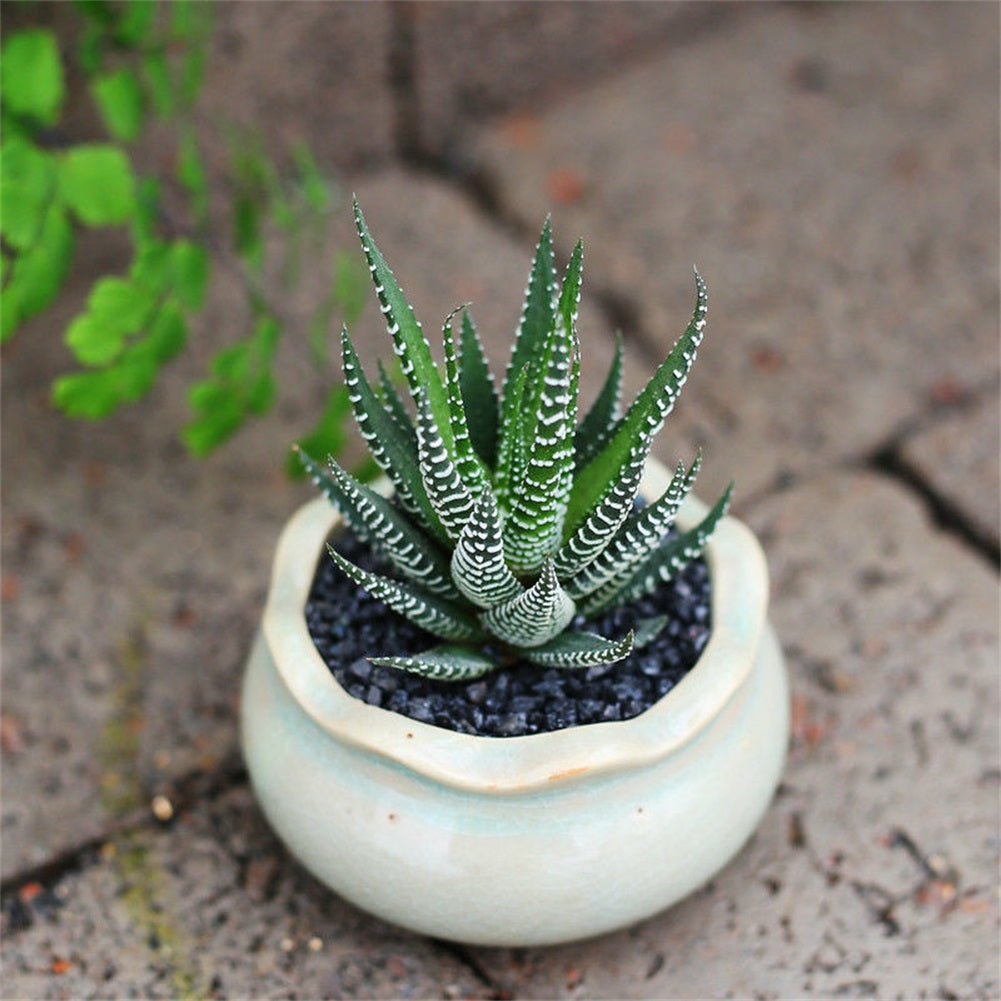
Although the common microbiome is often thought to be the most influential, significant numbers of rare or uncommon microbes (eg. Future experiments with culturing and cross-inoculation of these microbes between plants may help us better understand host preferences and their role in plant productivity, perhaps leading to their use in crop microbiome engineering and enhancement of agricultural production.Ī plant’s health and productivity is influenced by its associated microbes. Some abundant microbes such as Sakaguchia in rice shoots or Vermispora in Arabidopsis roots appeared in no other samples, suggesting that they were infrequent, stochastically deposited propagules from either soil or seed (impossible to know based on the available data).

Several strong plant–microbe associations were observed, such as seed transmission to shoots, roots and/or rhizospheres of Sarocladium zeae (maize), Penicillium (pea and Phaseolus), and Curvularia (sugarcane), while robust bacterial colonization from cassava field soil occurred with the cyanobacteria Leptolyngbya into Arabidopsis and Panicum roots, and Streptomyces into cassava roots. With the rarest microbes, their colonization pattern could either be the result of stringent biotic filtering by most plants, or uneven/stochastic inoculum distribution in seeds or soil. Soil served as a more diverse source of rare microbes than seeds, replacing or excluding the majority of the uncommon-seed-transmitted microbiome. Uncommon-seed-transmitted microbiomes consisted mostly of Proteobacteria, Firmicutes, Bacteriodetes, Ascomycetes and Basidiomycetes, which most heavily colonized shoots, to a lesser extent roots, and least of all, rhizospheres. About 95% and 86% of fungal and bacterial diversity inside plants was uncommon however, judging by read abundance, uncommon fungal cells are about half of the mycobiome, while uncommon bacterial cells make up less than 11% of the microbiome. Seeds and spermospheres contained some uncommon bacteria and many fungi, suggesting at least some of the rare microbiome is vertically transmitted. Plants were grown inside sealed jars on sterile sand or farm soil. To help identify rare/specialized bacteria and fungi in the most important angiosperm plants, we contrasted microbiomes of the seeds, spermospheres, shoots, roots and rhizospheres of Arabidopsis, Brachypodium, maize, wheat, sugarcane, rice, tomato, coffee, common bean, cassava, soybean, switchgrass, sunflower, Brachiaria, barley, sorghum and pea. Although the common/core microbiome is often thought to be the most influential, significant numbers of rare or uncommon microbes (e.g., specialized endosymbionts) may also play an important role in the health and productivity of certain plants in certain environments. Subtilis or application of its lipopeptide alone significantly protected seedlings fromĪ plant’s health and productivity is influenced by its associated microbes. In microcosm assays, treatment of seeds with Bacillus

Furthermore, the development of pores in the membraneĪnd leakages of protoplasmic substances from cells and ultimately death of hyphae and Scanning electron microscopy (SEM) revealed structural deformation and cell death inįusarium mycelia and spores. Treatment, live-dead staining with fluorescence microscopy along with bright-field and which showed strong antifungal activity against tested fungal pathogens.Īntifungal lipopeptide genes were also screened in Bacillus spp. Lipopeptides were extracted from all threeīacillus spp. SEB in root parenchyma and root hair cells. Fluorescence microscopy showed inter and intracellular colonization of Seedlings, however, re-inoculation with the SEB (Kosakonia cowanii, Pantoea stewartii,Īnd Pseudomonas aeruginosa) restored the growth and development of seedlings Removal of these SEB from seeds compromised the growth and development of SEB also inhibited the growth of tested fungal phytopathogens in dual plate culture. Isolates were characterized for their plant growth promoting activities. (KAS3), Pantoea stewartii (KAS4), Paenibacillus dendritiformis (KAS5), PseudomonasĪeruginosa (KAS6), and Bacillus velezensis (KAS7) in pearl millet seeds. SEB including Kosakonia cowanii (KAS1), Bacillus subtilis (KAS2), Bacillus tequilensis

The present study reports the isolation of seven culturable Seed endophytic bacteria (SEB) are primary symbionts that play crucial roles in plant


 0 kommentar(er)
0 kommentar(er)
